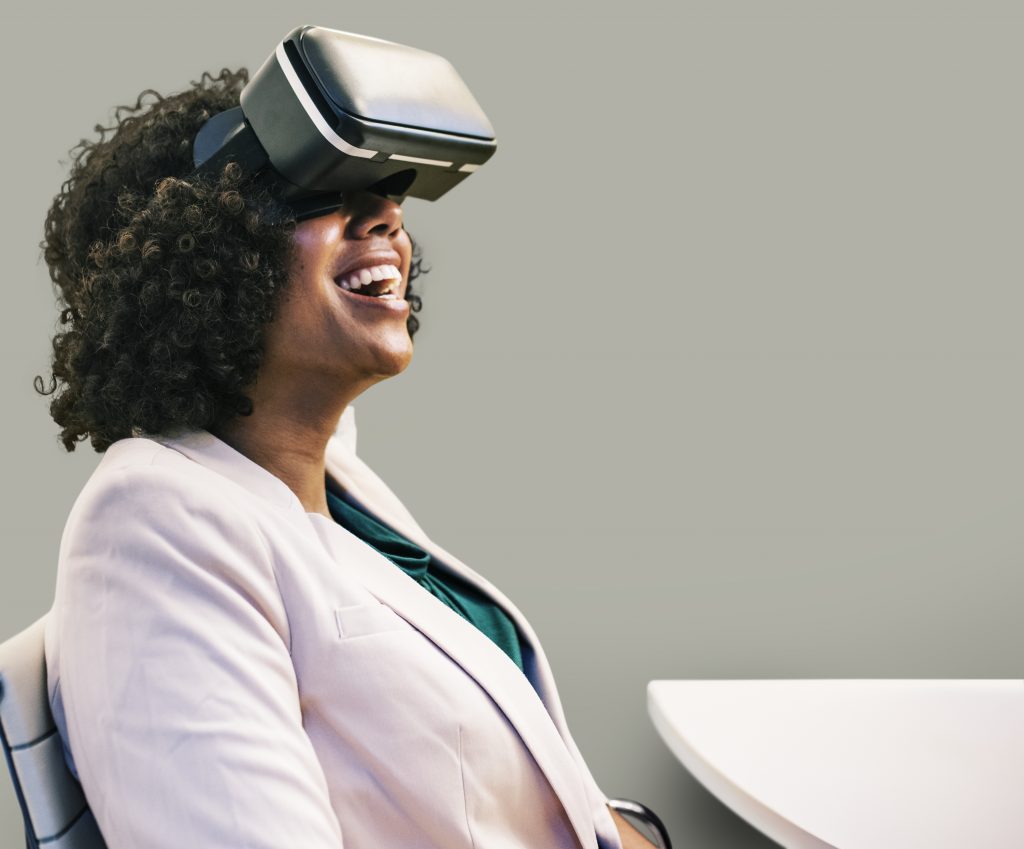What is Virtual Reality?

Current virtual reality technologies most commonly use head-mounted displays (HMDs) to generate realistic images and sounds that simulate a user’s physical presence in a virtual or imaginary environment. While head-mounted displays can only simulate auditory and visual experiences, we will soon see VR systems incorporating sensory feedback using olfactory devices as well as haptic gloves, vests and bodysuits.
Early versions of HMDs can be traced back to 1984, but in the last few years we’ve seen this technology enter the consumer market with the release of the Oculus Rift in March of 2016 followed quickly by the HTC Vive in April and Sony’s Playstation VR later that year. All three of these systems use tracking technology to virtualize user’s movements and actions within an immersive environment.
Prior to the release of these HMDs, virtual simulation was accomplished through room-sized installations. The multi-person, immersive environment known as the CAVE was invented at the Electronic Visualization Lab at UIC in 1991, and a sister installation of the original CAVE operated on the Urbana-Champaign campus from 1995 until the close of the Illinois Simulator Lab in 2017. These immersive visualization environments supported multi-disciplinary research, and helped pave the way for the emergence and popularity of the latest manifestation of virtual reality headsets.